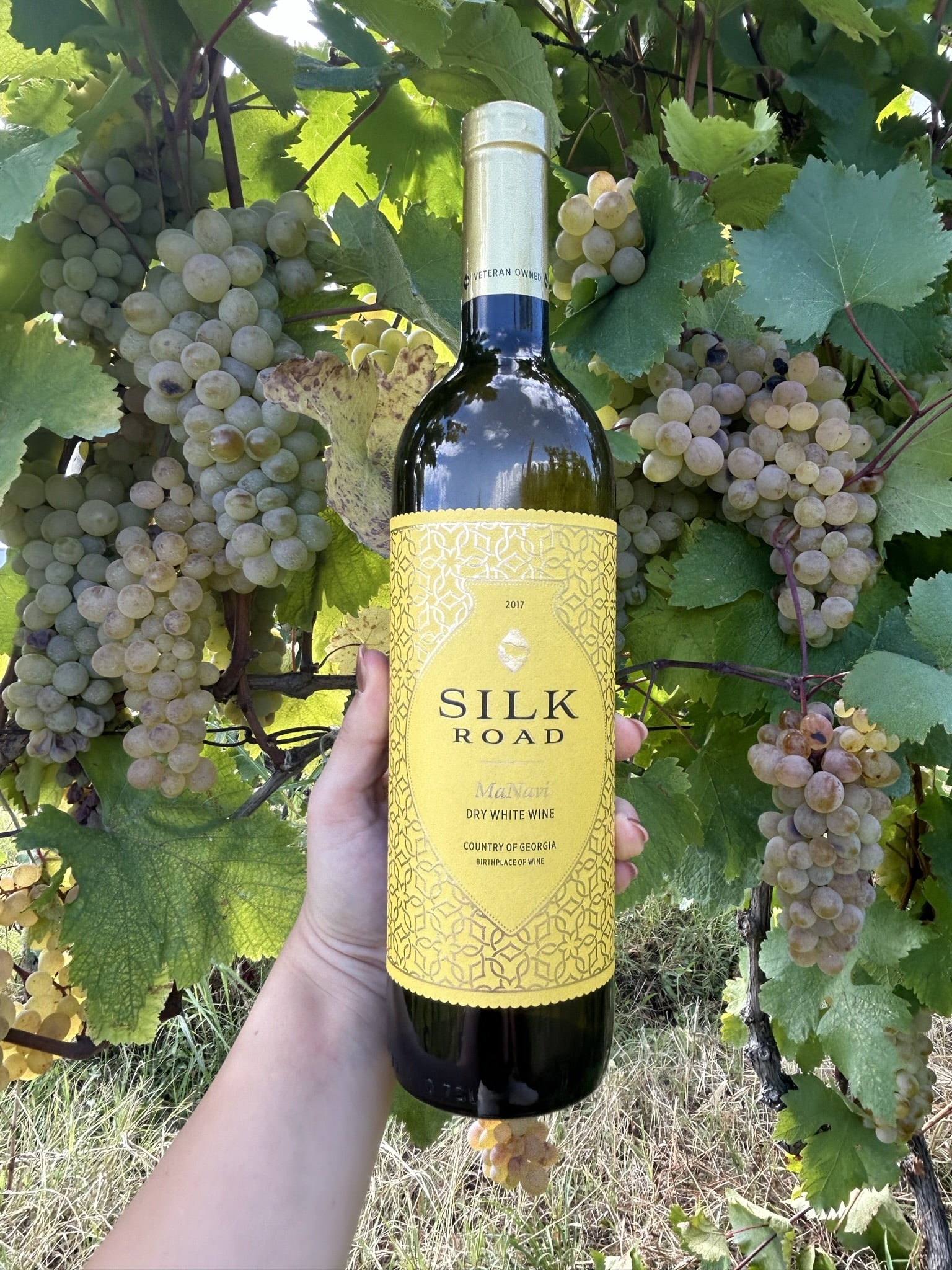Georgian wine varieties like Saperavi, Rkatsiteli, and Mtsvane are increasingly appearing on menus as the country’s winemaking gains global recognition. Despite being new to many, the history of Georgian wine spans over 8,000 years, earning it the title of the “cradle of wine.” As we navigate the Georgian wine landscape, we will explore three intriguing questions to discover the allure of Georgian wines. We’ll delve into the qvevri winemaking tradition, savor Georgia’s diverse flavor spectrum, and investigate how the country’s unique grape varieties impart their character, creating wines that are as rich in history as they are in complexity.
What makes Georgian wines so unique?
Winemaking in Georgia is an ancient tradition that predates recorded history. Two key elements lie at the heart of the country’s winemaking, setting it apart from any other wine region in the world:
The qvevri method
Historically, Georgian wine was made in qvevris, large egg-shaped clay vessels in which grapes were both fermented and aged. This method involves the use of grape flesh, skin, seeds, and sometimes even stems and zero outside intervention, relying solely on naturally occurring yeast to ferment the wine naturally. Throughout the process, qvevris are stored underground to maintain a consistent temperature, which helps regulate the fermentation process. The porous clay allows for slow, natural aging, helping the wine mature gradually while absorbing beneficial compounds, resulting in earthy and complex wines. Additionally, once the wine is fermented, the pomace — the skins, seeds, and stems — is distilled into a popular grappa-like spirit known as chacha.
In contrast, classic European wine production is generally more regulated, often using cultured yeast to start fermentation and adding sulfites and preservatives to maintain stability, typically fermenting in temperature-controlled stainless steel tanks or oak barrels. Modern Georgian winemaking blends traditional methods with European techniques, creating wines that fuse ancient practices with modern innovation to offer a diverse range of flavors and styles.
Indigenous grape varieties
Georgia boasts more than 500 indigenous grape varieties, accounting for approximately one-sixth of the world’s total grape varieties. That, combined with the country’s varied wine regions and distinct terroirs, creates an unparalleled variety of flavors and styles.
What are the typical flavor profiles of Georgian wines?
Georgia is renowned for its rich, bold reds; crisp, vibrant whites; and earthy, complex amber wines, distinguished by their deep golden hue, a result of extended skin contact. Some of the most popular wine varieties include:
Saperavi
Saperavi is known as the “king of Georgian grapes” for its deep red color, rich flavor profile, and versatility in producing full-bodied, age-worthy wines. Traditional Saperavis are characterized by dark fruit flavors of blackberries, cherries, and plums, complemented by earthy and occasionally smoky notes of tobacco, licorice, and a touch of spice.
Try it: 2016 Saperavi Reserve ($45)
Saperavi grapes are also used to produce different types of wine, including Kindzmarauli, one of Georgia’s top semi-sweet wines, which offers flavors of cherries, blackberries, currants, and subtle hints of vanilla. Known for its well-balanced sweetness, it is complemented by natural acidity, a smooth tannic structure, and a lingering finish.
Try it: 2021 Kindzmarauli ($17.99)
Rkatsiteli
Rkatsiteli is one of Georgia’s most celebrated white grape varieties, prized for its ability to produce wines with a refreshing balance of acidity and fruitiness. Known for its crisp and vibrant character, Rkatsiteli wines often feature notes of lemon and green apple, along with floral aromas. Like Saperavi, Rkatsiteli is an adaptable grape, and is often fermented skin-on using the qvevri method to produce amber wine.
Try it: 2017 Rkatsiteli Qvevri ($25.99)
Georgian Wine: A Cultural Heritage Rooted in Tradition and Hospitality
To truly understand Georgian wine, one must appreciate how deeply it is woven into the country’s cultural fabric. Wine is not just a beverage in Georgia; it’s a symbol of hospitality, a connection to ancestry, and a cornerstone of social and religious ceremonies. From everyday meals to grand feasts known as supras, wine plays a central role, often accompanied by heartfelt toasts led by a designated toastmaster, or tamada. Many Georgian families continue the tradition of producing their own wine, even on a small scale, using techniques passed down through generations. In 2013, UNESCO recognized the traditional Georgian qvevri winemaking method, adding it to the list of Intangible Cultural Heritage.
Located at the crossroads of Europe and Asia, Georgia is gaining recognition as a top tourism destination, thanks to its unique blend of rich culture, stunning natural beauty, famous hospitality, and world-class wine. The city of Kutaisi even earned a coveted spot on the New York Times’ annual 52 Places to Go list this year.
Discover Unique Georgian Wines Today
Georgian wine varieties provide an exciting alternative to long-standing favorites like Cabernet Sauvignon and Sancerre, delivering distinct flavors and unique characteristics rooted in centuries-old traditions. Silk Road Wines, a veteran-owned Georgian wine importer, specializes in offering a carefully curated and affordable selection of the country’s most exceptional wines.



